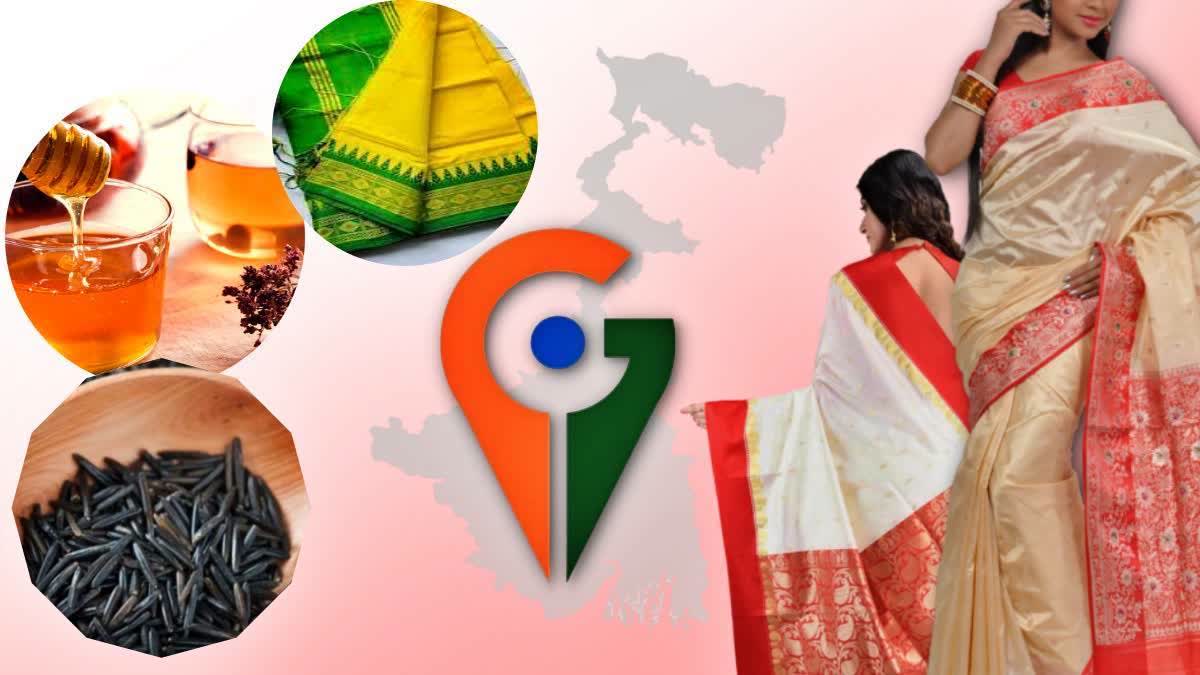In a significant stride towards safeguarding its cultural and agricultural heritage, West Bengal has successfully obtained Geographical Indication (GI) tags for several products under the National GI Drive Mission. The move aims to protect the unique identity and quality of regional products.
1. Recognition of Sunderbans Honey – ‘Mouban’: The coveted GI tag has been granted to Sunderbans honey, locally known as ‘Mouban,’ collected by the ‘Mouli’ community. This acknowledgment not only preserves the authenticity of the honey but also serves as a crucial economic boost for the livelihoods of those residing in the Sunderbans.
2. Black Nunia Rice – ‘Prince of Rice’: Hailing from Jalpaiguri district, Black Nunia rice, known as the ‘Prince of Rice,’ has earned its GI tag. This indigenous rice variety adds to the agricultural richness of the state.
3. Distinctive Sarees – Tangail, Gorod, and Kadiyal: West Bengal Forest Development Corporation Limited (WBFDCL) applied for the GI tag for Tangail, Gorod, and Kadiyal sarees, reflecting the rich textile heritage of the region. Mirzapur in Murshidabad district is renowned for producing exclusive Kadiyal sarees.
As part of the GI protection initiative, these products now enjoy legal recognition and protection against unauthorized use, ensuring the economic prosperity of local communities and the preservation of West Bengal’s diverse cultural and agricultural legacy.
Important Questions Related to Exams
-
Which community is responsible for collecting ‘Mouban’ honey in Sunderbans, and how does the recent Geographical Indication (GI) tag benefit them?
- Identify the unique variety of rice from Jalpaiguri district that has received a GI tag. What is its local name, and why is it referred to as the ‘Prince of Rice’?
- Which district in West Bengal is renowned for the exclusive production of Kadiyal sarees, and how does the GI tag contribute to the preservation of this traditional craft?
-
Explain the significance of West Bengal’s recent initiative in acquiring Geographical Indication tags for products, and how does it contribute to the economic prosperity of local communities?
Please provide your answers in the comment section!!




 Microsoft CEO Satya Nadella Launches AI-...
Microsoft CEO Satya Nadella Launches AI-...
 ADB Approves USD 240 Million Loan for Ch...
ADB Approves USD 240 Million Loan for Ch...
 Veerangana Durgavati Tiger Reserve to Be...
Veerangana Durgavati Tiger Reserve to Be...







